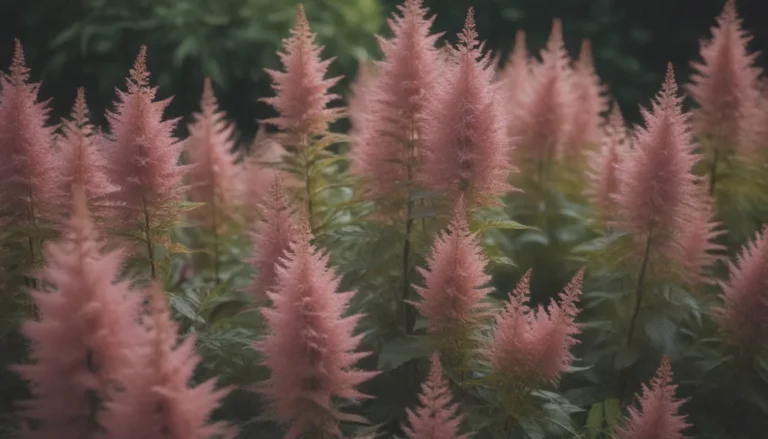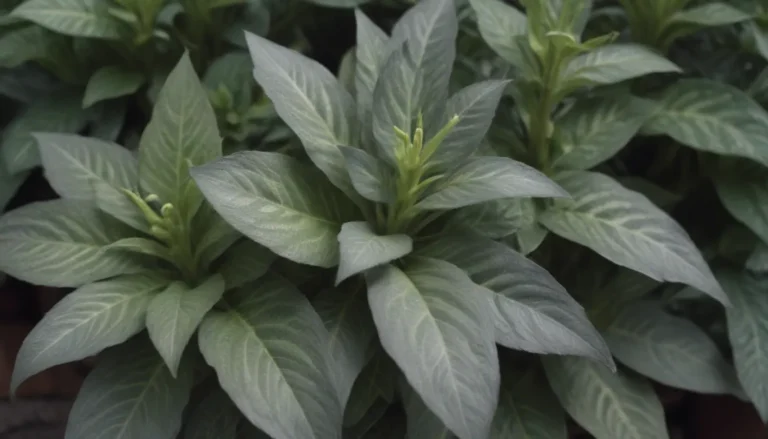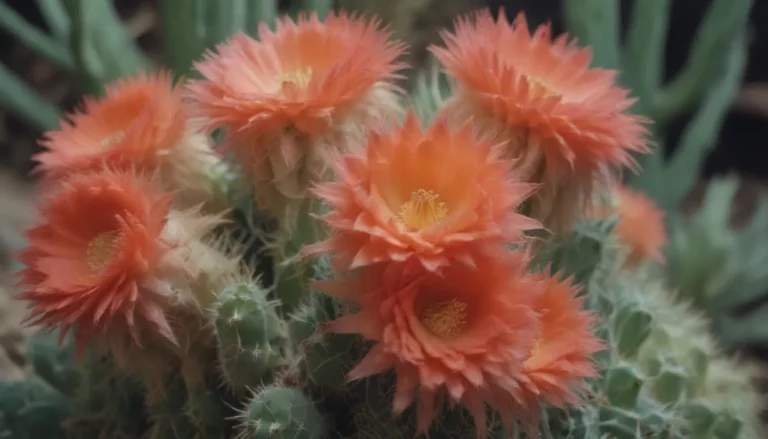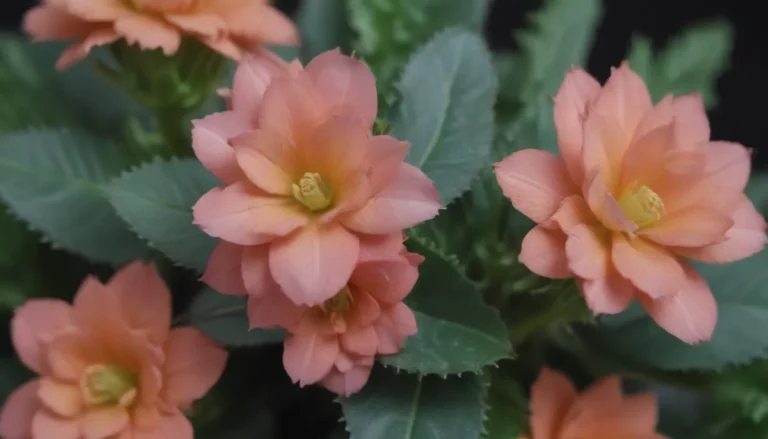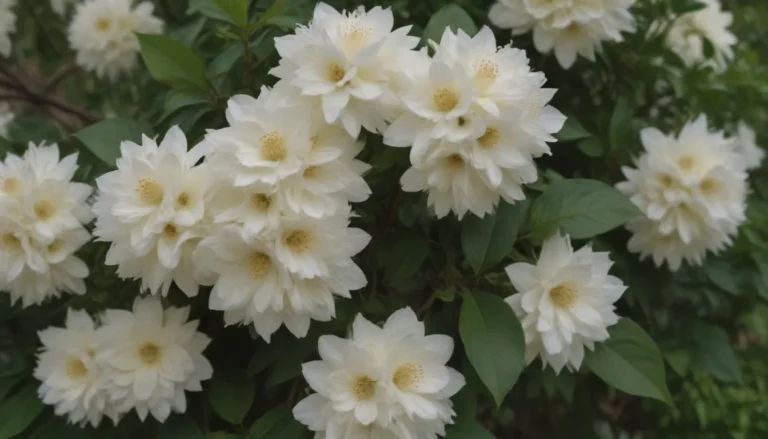Comprehensive Guide: Growing and Caring for Oncidium Orchids
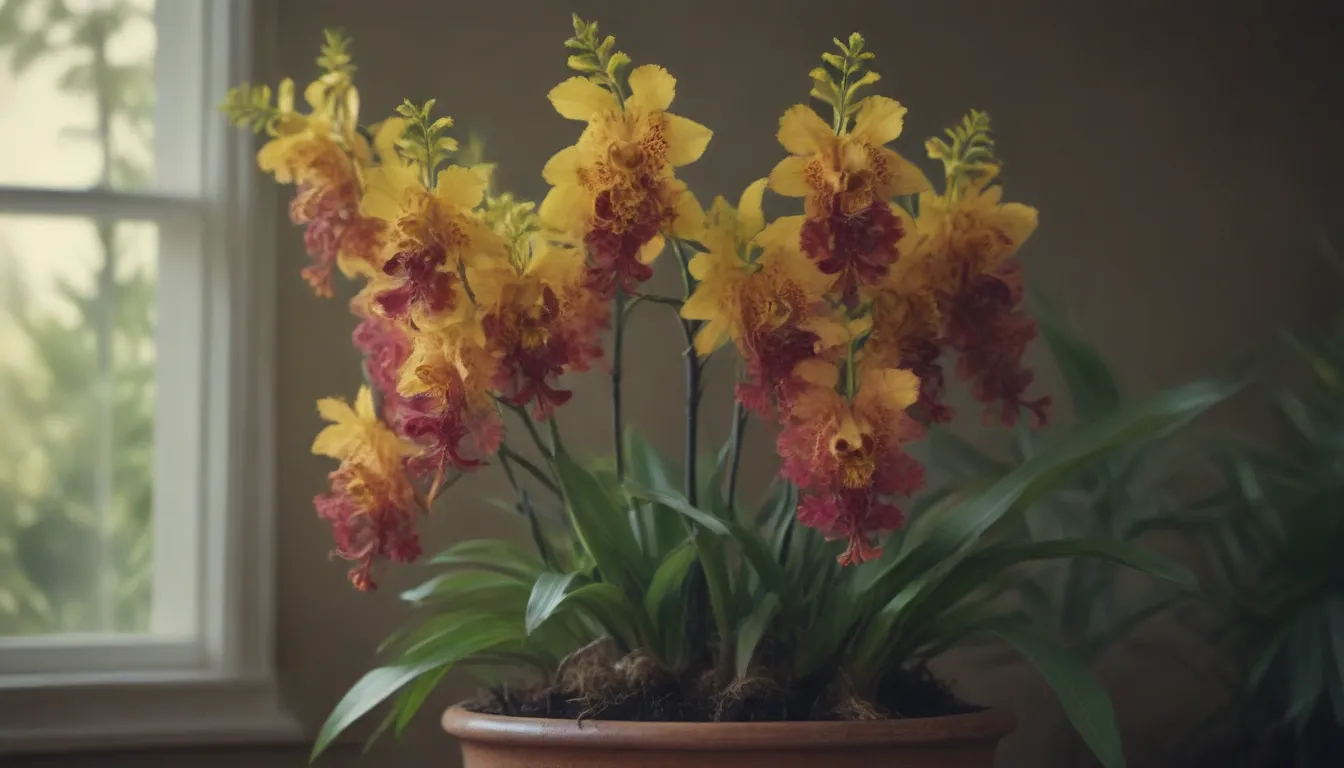
Welcome to our in-depth guide on how to grow and care for Oncidium orchids. These elegant indoor orchids, frequently referred to as the “dancing lady orchid,” are beloved for their stunning displays of flowers that cascade in sprays of vibrant colors. In this guide, we will cover everything you need to know to ensure your Oncidium orchids thrive and bloom beautifully.
Understanding Oncidium Orchids
Oncidium orchids are epiphytic plants, meaning they do not grow in traditional soil but rather in bark-based potting media. These orchids have pseudobulbs, which are thickened areas of the stem that store water and nutrients for the plant. Here are the main care requirements for these striking orchids:
Light
- Oncidiums can tolerate bright, indirect light and even prefer bright to very bright conditions.
- They do well with direct morning sunlight and are similar in their light requirements to Dendrobium species orchids.
Soil
- Oncidium orchids thrive in a bark-based potting mix that provides excellent drainage.
- Avoid using traditional soil for these epiphytic plants.
Water
- Water Oncidium orchids every two to ten days during the growing season.
- Use lukewarm or room-temperature water when the growing medium is half-dry to prevent over-watering.
- Ensure proper drainage to prevent root rot.
Temperature and Humidity
- Ideal temperature ranges for Oncidium orchids are 55 to 60 degrees Fahrenheit at night and 80 to 85 degrees during the day.
- Maintain humidity levels between 30 to 60 percent, especially in dry winter conditions.
- Use a room humidifier or a water-filled dish with pebbles to increase humidity.
Fertilizer
- Feed your Oncidium orchids with a weak orchid fertilizer bi-monthly during the growing season.
- Opt for a 30-10-10 formulation for bark-based potting mix.
- Larger plants may require more frequent feeding.
Types of Oncidium Orchids
There are numerous species and hybrids of Oncidium orchids available. Some popular types include:
- Oncidium leucochilum
- O. longipes
- O. sarcodes
- Oncidium ‘Sharry Baby’
Pruning and Propagation
Pruning
- Allow the flower stem to die naturally before cutting it back.
- Prune the orchid after the bloom period to encourage the growth of a second flower stalk.
Propagating
- Divide Oncidium orchids into clumps when repotting.
- Ensure each division has at least three pseudobulbs for successful propagation.
Growing Oncidium Orchids From Seed
- Seed propagation of orchids requires specialized materials and controlled conditions.
- It is a complex process that is typically done by professionals or experienced enthusiasts.
Potting and Repotting
- Use a free-draining bark-based potting mix for Oncidium orchids.
- Repot only when necessary to prevent stress on the plant.
Overwintering and Common Pests/Diseases
Overwintering
- Reduce watering frequency to bimonthly or less in the winter.
- Monitor the pseudobulbs for signs of dehydration.
Common Pests and Diseases
- Watch out for rot in pseudobulbs, which can be caused by over-watering.
- Treat pest infestations like aphids and spider mites with appropriate insecticides.
- Maintain good hygiene to minimize pest problems.
Encouraging Blooms and Common Problems
Encouraging Blooms
- Provide adequate light and temperature conditions for Oncidium orchids to bloom.
- Prune back the flower stem after blooming to promote reblooming.
- Deadhead faded flowers to encourage new blooms.
Common Problems
- Discolored leaves may indicate improper light levels.
- Dark spots on leaves are usually a sign of bacterial infection.
- Browned leaf tips can result from over-fertilization.
In conclusion, Oncidium orchids are stunning additions to any indoor garden. By understanding their specific care requirements and providing the right conditions, you can enjoy their vibrant blooms year-round. Remember to monitor your orchids for any signs of stress or disease and take appropriate action to ensure their continued health and beauty.
For more information on orchid care, refer to resources like the American Orchid Society and university extension publications. Happy growing!
